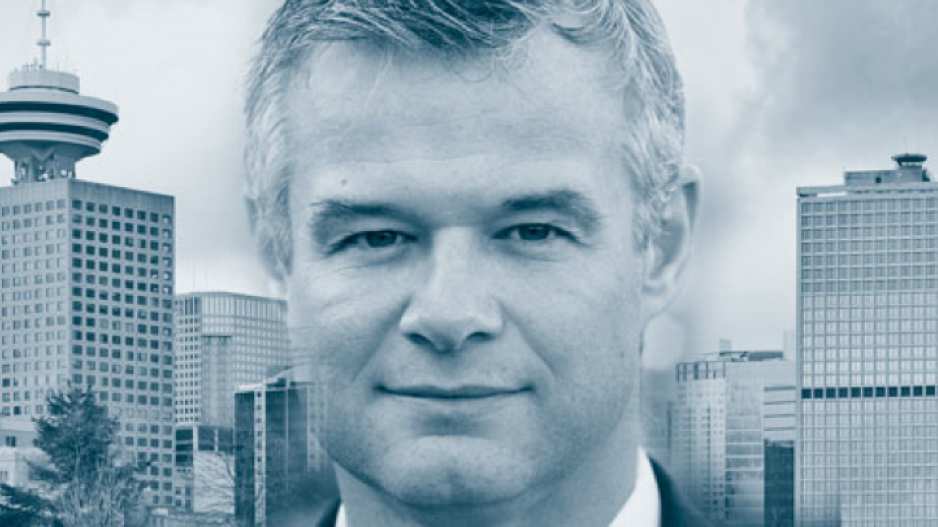You know how your grandparents always said to save for a rainy day? Well, unfortunately for the last decade or so, this advice has not worked out so well.
Central banks around the world have been encouraging people to take on more debt and punishing savers in doing so. The explosion of debt compared with just about every other measure is so off the charts that now we are all boxed in.
In the good old days, markets determined access to credit and interest rates. As a credit cycle developed, interest rates increased and companies or individuals had to decide whether they could allocate the borrowed capital for a profit. As rates came down it encouraged individuals to borrow. During a recession, those that were too indebted and couldn’t make payments had to restructure or go bankrupt. Coming out of the recession, capital was redirected towards viable and otherwise profitable ventures. In other words, capital was allocated appropriately.
Think of the 1990-91 credit cycle when some of Canada’s wealthiest individuals like the Reichmanns and Robert Campeau went bankrupt or came close. Royal Trustco went bankrupt with its good assets being bought by Royal Bank. With the massive amount of market manipulation today, there is no proper price discovery. This is where we end up with “zombie” companies that really should be bankrupt, but are still standing. Capital keeps getting allocated to these companies because of free and easy money policies. Like feeding a zombie, it doesn’t bring them back to life, it just wastes food that others could use.
Our central bank in Canada has joined the quantitative easing party and is eagerly trying to catch up with the U.S. Federal Reserve and the European Central Bank. The Bank of Canada has bought about 35% of all Government of Canada debt since the start of the pandemic, now holding an incredible $575 billion of financial assets on its balance sheet. The Bank of Canada’s balance sheet assets to Canada’s GDP have increased by 450% over the last year, while other central banks have increased by about 50%. They have been buying $4 billion of bonds per week to suck up liquidity and push down interest rates. All it has done is created many more zombies that during a normal recession would have had to do something different as far as their debt habits. Of note, in the last few days, the Bank of Canada says it will back off on many of the asset-buying programs, but will maintain the assets on the balance sheet.
These days in my industry, big-picture analysts don’t spend much time thinking about the fundamentals of any situation. They simply try to forecast how the central bankers are going to manipulate the market next to keep the party going.
We used to think about economic effects of free markets. Now, with central banks pushing interest rates to multi-hundred-year lows, the only discussion is what tools the central banks have left to manipulate markets to get a desired short term effect.
We are basically at the point of no return. They can’t allow interest rates to ever go up materially again, as the debt is so crushing the whole house of cards will implode.
As a professor once said to me: “Our generation is having a massive party. The problem is we don’t want to pay for it. That’s up to the next generation to pay for our party, but they don’t get a party”.
Stock market valuations in the U.S. are trading in the 100th percentile for most measures of valuation, and bond bubbles continue to show up. It’s not all bad news, and I think part of the solution is going to be a boom in commodities. That will be good for Canada, and Vancouver in particular, so I am positive on Canada, not what is happening inside but what effect these global events will have on us. •
Bob Thompson is a financial adviser with Raymond James Ltd.
The view and opinions contained in the article are those of the author, not Raymond James Ltd.




